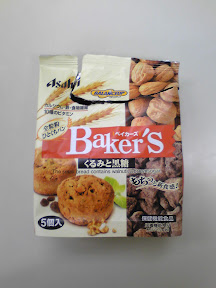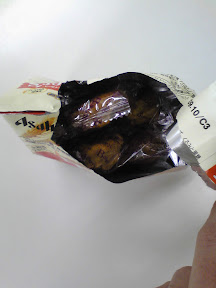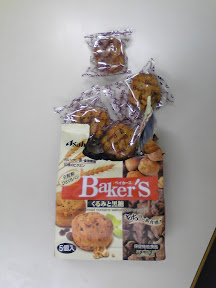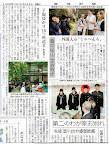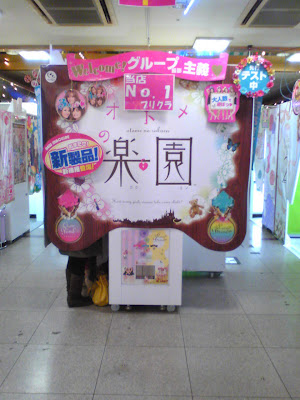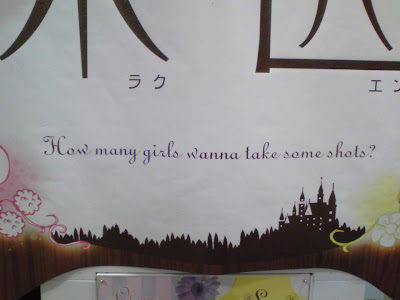 Those of you who live in Matsuyama will know that I’m not writing about this season, so I’ll start by saying that I took this picture last year.
Those of you who live in Matsuyama will know that I’m not writing about this season, so I’ll start by saying that I took this picture last year.
This was at the height of water shortage fears, with rolling water shutoffs scheduled to start in only a few days’ time. I took this picture in a convenience store near my apartment, where they were selling these twenty liter water tanks (empty) and two liter water bottles (full) at a brisk pace.
This scene really struck me because Matsuyama is not a dry place. We regularly get rain here, and as a result things just grow out of the ground on their own. This is an astonishing fact for someone from Las Vegas, where everything not made of stone needs artificial irrigation. We’ve quite literally made an art form out of low/zero water use landscaping, called xeriscaping.
The thing is, Matsuyama city draws its water from a nearby dammed river storing rainfall, and if the rainfall level stays below the consumption level for long enough, the city just shuts off water, like rolling blackouts in times of power shortages.
Contrast this with the seemingly-interminable hemming and hawing over water controls we’ve had in Las Vegas since I moved there in the early eighties, while Lake Mead drops lower and lower every year. There’s never been enough water to support the population and growth rate, and yet we now have about two dozen full size golf courses.
If water in Las Vegas were priced according to its scarcity and replacability, no one would be able to live there. If, however, they just raised the price of tapwater a few percent, people might think twice about running the tap while they brush their teeth.
Anyway, to bring it back around, I’m occasionally startled by the clarity and efficiency of things in Japan. Enough so to share it with y’all.
I don’t even know what to say to this, really. Other than intentionally choosing a name that would drive away English-speaking customers, the only possible explanation for this shoe’s phenomenally bad name is that no one checked what the name actually meant in English.
